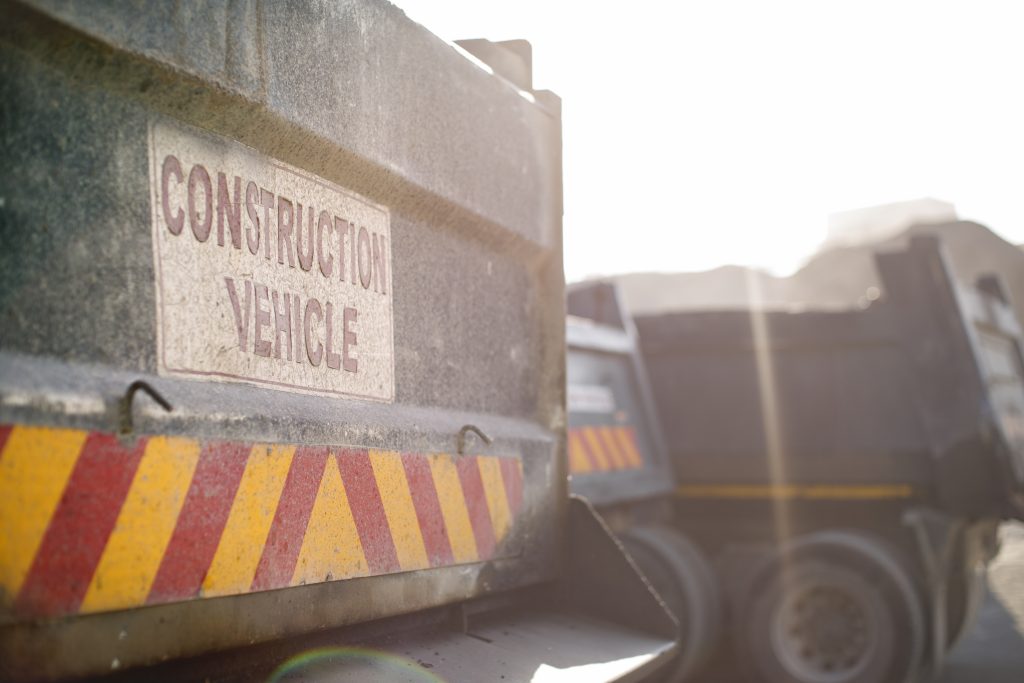If you’ve ever been to a large scale music or sporting event you’re likely to have come across individuals dressed in Hi-Visibility vests. These are crowd controllers. Their main job is to minimise the risks to spectators or festival goers who are placed in a crowded environment. So how do they manage that risk?
Fundamentally crowd control risk management involves 3 key aspects. Let’s take a closer look.
Identifying hazards
Being able to identify the hazards that may cause risk of injury are key. The problem is that they’re not always obvious and identifiable. As such they can sometimes be overlooked. For this reason a simple question and answer session can be used to good effect, Here’s an example.
Q: What’s the risk?
A: Being hit by moving traffic
Q: Why?
A: Because we need to stand on the road to direct patrons off the road when they come out of the venue
Q: Why are they on the road?
A: Because when they exit, there isn’t sufficient space between them and those trying to enter
Solution: Do you implement an expensive and time consuming traffic flow redirection plan or do you simply move the speaker stacks and open up the area?
The point of this exercise is that by not asking ‘why‘ it can lead to complicated and often expensive controls being implemented where often simpler options are the answer.
Prioritising risks
Once all risks have been assessed they need to be prioritised. So ask yourself two questions.
Question 1 – What is the likelihood of this risk occurring?
The hazards that may cause moderate to major and through to catastrophic damage need to be dealt with first, in the order of priority. Do remember however that even those with a rare risk rate and that may cause even a low level of damage do need to be dealt with, but in ascending order.
Implementing risk control
This is undoubtedly the most important factor in the whole process. It’s worth noting that risk can be controlled in a number of ways, with the first objective to be the complete removal of that risk. However in some cases this isn’t always possible and instead, exposure to that risk needs to be reduced as much as practically possible.
At MA Security we’ve supplied fully-trained and highly-experienced crowd controllers for some of the largest and busiest events in Melbourne. If you’re planning an event and need crowd controllers, or simply need some advice, then contact us on 1300 020 406 and talk to our vastly experienced team who can help.

